Cradled in my palm is a round, glass vial containing about a tablespoon of crushed bryozoans – tiny, primitive ocean-dwellers, whose species has lived on earth for about half a billion years. Since the start of the Devonian Period, the specimens I am holding have remained in much the same shape – forged together in a colony, not unlike a coral reef, on a stratum of rock in southwestern Ukraine – gradually becoming fossils. Until a relative blink-of-the-eye ago, that is, when they were collected, crushed into a fine dust, poured into this vial, and at last picked up by me. I attempt, vainly, to muster a couple of words equal to the occasion of the strange ceremony that is about to occur; then I walk over to the middle of the room and tip the bryozoa dust into a large glass urn, where it lands with a bathetic little puff, to mingle with the dust of other aeons.
Katie Paterson has described her new work, Requiem, as ‘an elegy to a disappearing planet’, and it is terrifically appropriate to its subject both in tenor and scale. The vial I handle on my visit to Ingleby Gallery, Edinburgh – where the work is being staged until 11 July – is one of 364, arranged in chronological order on shelves that span the perimeter of the room. The first, long since tipped out by the time I arrive, contained dust obtained from meteorites, dating back some 5.5 billion years – before the birth of the sun. The last holds the remains of Partula suturalis, a snail native to French Polynesia that has recently become instinct in the wild.
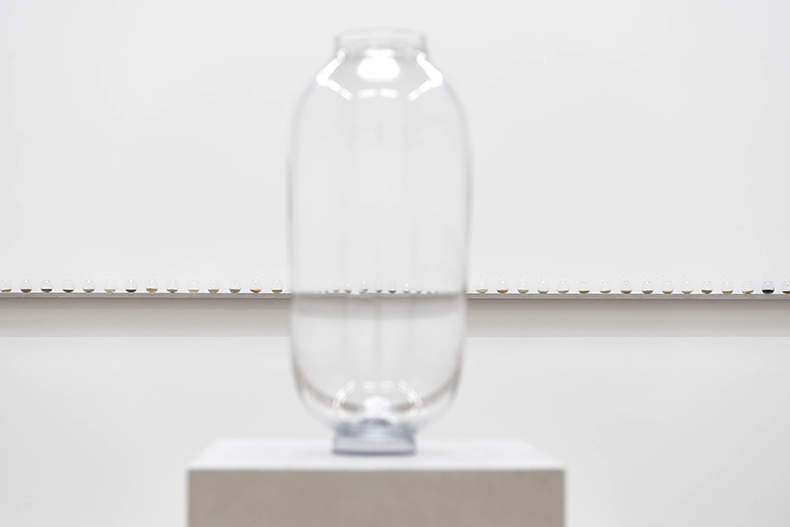
Installation view of the glass urn. Photograph: John McKenzie. Courtesy of the artist and Ingleby, Edinburgh
It’s a project that is typical of the approach with which the Glasgow-born artist has made her name over the last decade: moon-eyed but hard-nosed, combining unblushing mysticism with scientific rigour. Requiem has been almost a decade in the making; it had its genesis in a piece of 2013, Fossil Necklace, for which the artist carved into spherical beads 170 fossils that together chart the evolution of life on earth, from the first monocellular organisms to the extinctions at the end of the Cretaceous. Since then, Paterson has collaborated with a huge number of both scientific institutions and museums in order to obtain specimens that could extend the story in both directions, encompassing both the beginning of geological time and the vast sweep of human history.
I would love to have been a fly on the wall for some of these negotiations, given Paterson’s iconoclastic intentions. Each of these specimens has been crushed by the artist herself into fine powder – 21 grams of it, in a nod to the 19th-century physician Duncan MacDougall’s experiments to weigh his patients before and after the moment of death, and thereby ascertain the weight of a human soul. In Ingleby’s main gallery – an austere room, crowned by a hexagonal skylight, that was once the meeting room of a nonconformist religious sect – the vials at first glance give an impression of overwhelming uniformity.
But the longer I linger, the more I start to notice variations – in colour, texture, even smell. I start making connections across the room, trammelling vast tracts of time into little visual rhymes: the delicate cocoa brown of a triceratops’s frill bone chimes with that of a 5,000-year-old terracotta bull idol from the Indus valley; the rich crimson of a Viking coral bead necklace with that of a brick from a Holocaust-era concentration camp. After the dawn of the Anthropocene – marked, in vial 312, by trinitite obtained during the Trinity test – new colours and textures begin to emerge: the pink of Pepto-Bismal; the shimmering, nuggety fragments of a stopwatch used to time bombings in the Iraq War.
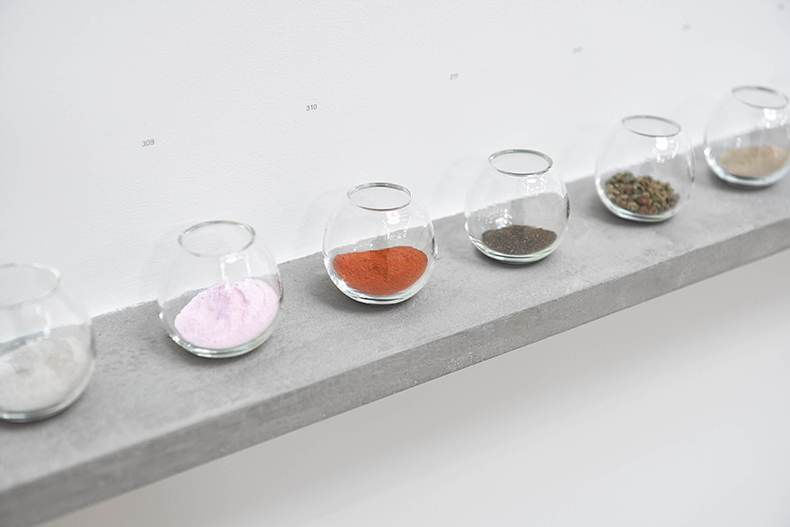
Photograph: John McKenzie. Courtesy of the artist and Ingleby, Edinburgh
There is something melancholy in seeing the unnatural materials introduced by humanity to the world in recent decades – but there is also something thrilling. In a wonderful text accompanying the exhibition that provides short descriptions of every specimen on display, Jan Zalasiewicz, a palaeobiologist who chairs the Anthropocene Working Group, notes that Pepto-Bismol is just of ‘hundreds of thousands of synthetic compounds that have, just in the last 70 years, made the Earth one of the most chemically diverse planets in the cosmos.’ As one looks around at all this diversity, the room comes to feel like an apothecary’s shop, or a paint-mixer’s studio. This last association is not lost on the artist; among a small display of other recent pieces in Ingleby’s upstairs gallery is a related work, Endling, which arranges 100 pigments taken from the specimens downstairs into a colour wheel, painstakingly painted out in crisp watercolours.
The true power of Requiem lies in its ability to hold what might otherwise be an overwhelming sense of destruction and loss in perfect counterweight with a sense of sheer potential. Nowhere is this more apparent than in the form of the great glass urn in the centre of the room – all that will remain of Requiem when all the vials have been poured. It is at once a final resting place and, for a short time yet, an artwork in the process of creation.
‘Katie Paterson: Requiem’ is at Ingleby Gallery, Edinburgh, until 11 June 2022.
Unlimited access from just $16 every 3 months
Subscribe to get unlimited and exclusive access to the top art stories, interviews and exhibition reviews.


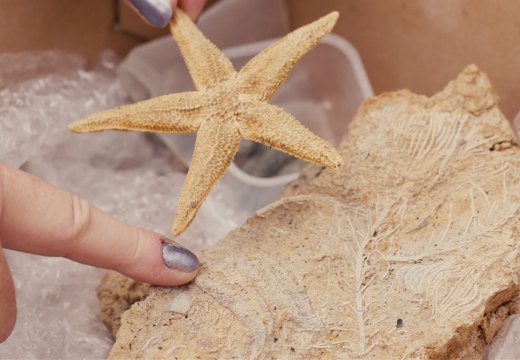
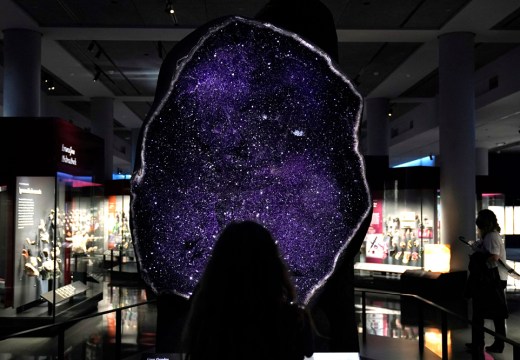
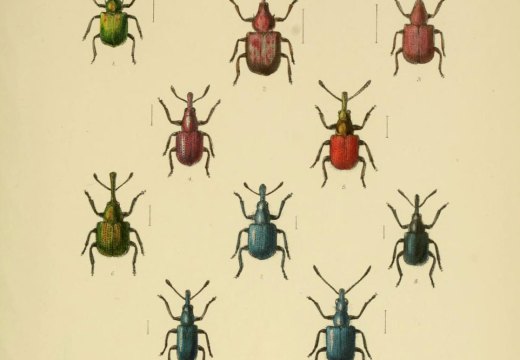









![Masterpiece [Re]discovery 2022. Photo: Ben Fisher Photography, courtesy of Masterpiece London](http://www.apollo-magazine.com/wp-content/uploads/2022/07/MPL2022_4263.jpg)
It’s time for the government of London to return to its rightful home